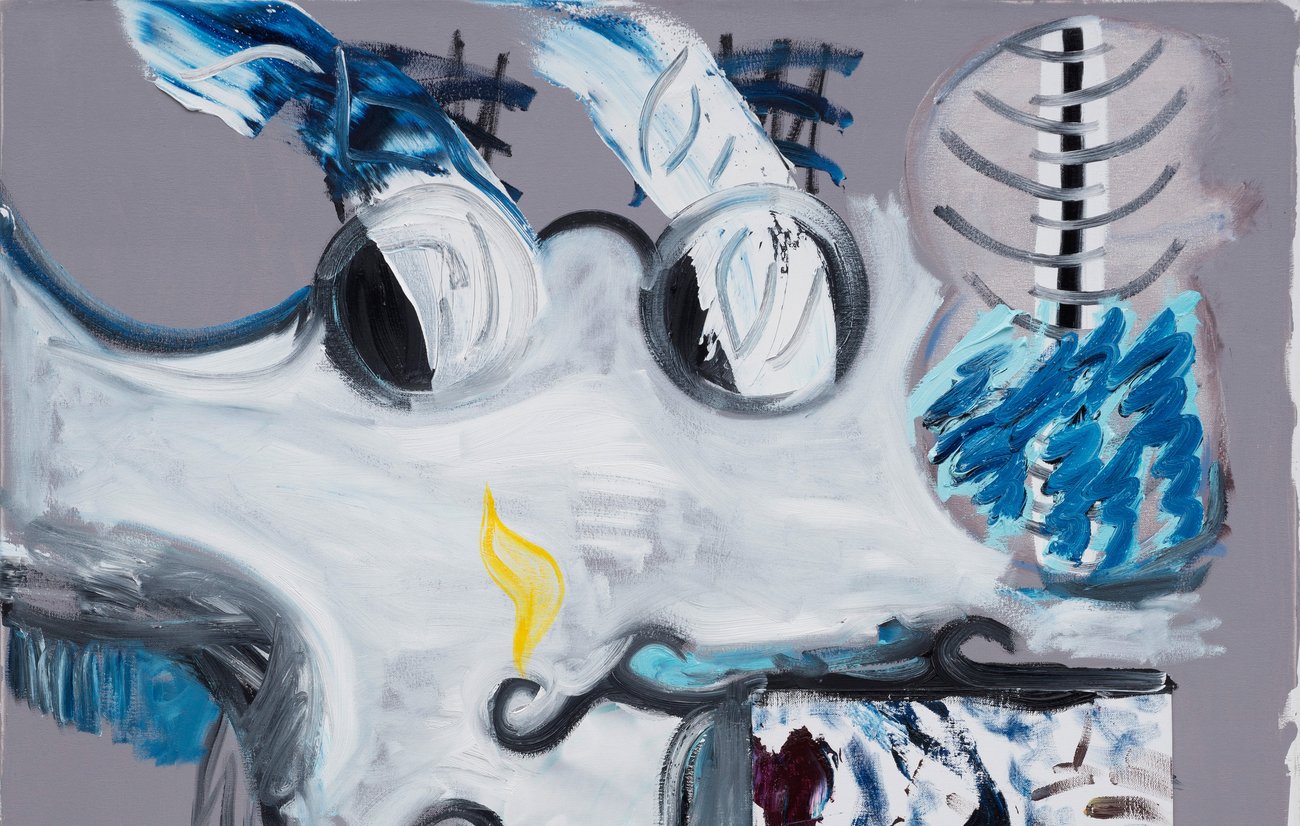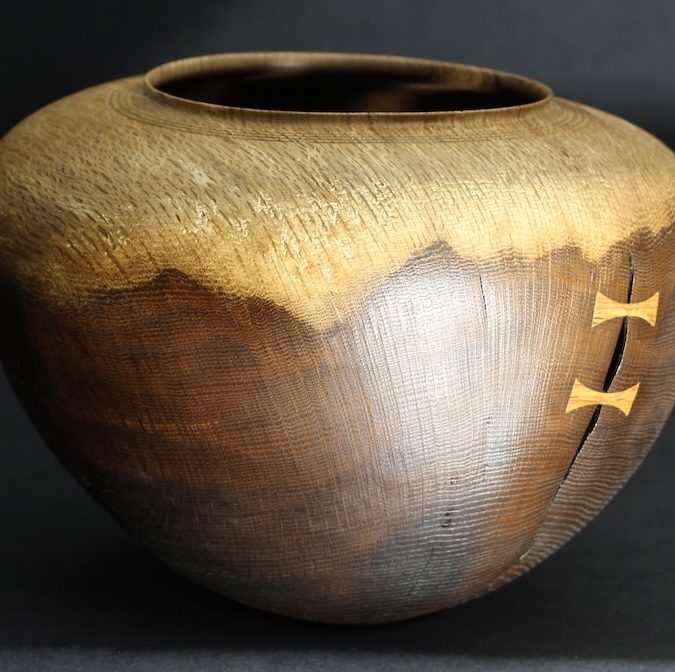
Why now? Why exhibit a large survey show of contemporary New Zealand painting in 2015?
It’s a show I’d thought about doing for a while. Around 2010 it seemed like in New Zealand, and internationally, that there was a reassurance of interest in painting practices and a question around where painting sits today, after forty-odd years of doubt and flagellation.
The question was: Is there was a new kind of painting emerging? Is it painting extending itself? Or is it, that after all this doubt, that artists are still motivated to paint and that painting provides this space of resistance that is interesting – resistance to the diversification of materials in art and also resistance to critique. Has it, in an interesting way, absorbed critique and moved on in a way that shows that the practice has the capacity to reform and reshape?
Five or more years ago I did a show that was to do with painting that wasn’t painting but now it felt really important to me to go back to the basic modes of painting and examine those, and in particular, it felt like there is a bunch of artists that are corrupting those traditional categories of abstraction and figuration and being much more flexible in their thinking around those art forms, which have really got quite entrenched in New Zealand’s art history and it’s viewing culture as well.
{% gallery ‘paintings’ %}
What is the significance of the title, Necessary Distraction? Distraction from what?
There are a couple of different ways of thinking about the title. One of them is to try and situate the audience in an idea of the present. I was interested in how artists might stop us in a moment and create this sense that we are just with them in that moment and in the moment to come, rather than artist that telling stories through their work about the past.
But the title Necessary Distraction was about saying to audiences, ‘This is important’, i.e. it’s necessary. And it’s necessary to give yourself to this space of distraction. I’m not saying that painting is a nice diversion – not that interpretation of the world ‘distraction’ – but it’s like ‘distraction’ as a synonym of ‘disturbance’.
Distraction is classified as the key mode of our age, where we’re constantly living with a short attention span, and my idea was not to be so critical of that, but to think about how artists actually mediate that through their work.
Ten years ago there was the Saatchi exhibition Triumph of Painting. Is painting always going in and out of fashion?
It’s been a long time since public institutions have dealt with a medium-specific show on painting. Earlier this year, coincidentally, MoMA in New York had an exhibition called The Forever Now: Contemporary Painting in an Atemporal World, the first major group show of painting in years. This is the first time the Auckland Art Gallery has had contemporary painting show since 1992 and that was on quite a small scale too. So weirdly, these two exhibitions are related in someway.
For the general public, when they think of art, they think of painting. It’s status has not been diminished by this period of doubt. This is the other thing about this show. We have an exhibition looking at painting and then people arrive and think, ‘Hey, this isn’t what I was expecting’. So it’s possible for painting to not look like itself.
{% gallery ‘install’ %}
What was the thinking behind exhibition installation – the walls, the half-finished house look of it?
Really early on in the development of the exhibition, I was quite clear that I wanted to be able to create a series of temporary walls so that we could have this combination, in a large group show, of spaces of intimacy and spaces of correlation. So the viewer can have almost a private experience of an artist’s work and at the same time have a line through to another artists, so two artists might be seen in relationship to each other.
That meant that we were going to have a lot of build in the gallery. From an ethical point of view, I really struggle with the amount of waste that goes into wall building but also, when all the walls are finished to the level we usually require, there’s a very definite architectural feel to that space. Coupled with paint’s status, I really didn’t want to situate painting in this conservative atmosphere, this high culture infrastructure.
Also, when it came closer to thinking about how to describe the series of artist I’d chosen and what their intentions were, I was writing a lot about these artists exploring modes of unfixedness, or suggestiveness or unresolvedness and it felt to me like steering the internal design to reflect this overall atmosphere might create a dynamic space.
And now that it’s open and people are seeing it, what’s surprising you about it? What connections are you seeing between the artists and between the works?
In making a show, you still have thoughts about it after it’s actually finally realised and often it’s the unconscious processes that come to be realised in my exhibitions – the unconscious ideas or the unconscious connections between artists – are the things that you only start to see when the show is finally up.
One of the things that’s really struck me in this exhibition is in the new work that’s been made, there’s a number of quite personal tropes coming though in the artist’s work. Artists who you wouldn’t usually expect to see their own subjectivity exposed, have drawn on some quite personal references in their work.
Like in Oliver Perkins for example, he has used a colour pallet from a walk he does regularly with his daughter and it’s ‘Who’s afraid of walking Frida’. Ngataiharuru Taepa has made a tribute work to Manos Nathan who was a close friend of his father’s and the work, in his mind, develops a kind of character of the 1970s with its laminated wood panels.
I have resurrected a connection between Rosy Parlane and Jeena Shin which was a really early collaboration they did at Room Gallery. Rosy will make a sound work in response to Jeena’s work. That’s an old friendship that hasn’t had much outing as part of Jeena’s work. In Anoushka Akel’s new body of work, she’s explored the very tactile relationship between her body and the surface of a painting, which is very new for her work. There are lots of those personal moments and I don’t know how to make sense of that yet in terms of the overall show, I feel a little bit honored in a way.

Nick Austin, Traveling Envelope #5, 2013, acrylic on newspaper, 575 x 785mm, courtesy of Hopkinson Mossman
Like that selection of work from Nick Austin. That series for me has a real personal resonance, it’s the first work he did when he and Saskia [Leek] moved to Dunedin. It feels to me like a calling back to Auckland in lots of ways. Like the big long road, and this meditation on what distance really means in a digital age, this envelope sitting alongside something that feels a bit like State Highway 1, nobody mails anymore and they seldom to the big drive, certainly not from Auckland to Dunedin to visit their friends.
Someone wrote this really nice email to me, which I think sums up the mood. They wrote: “I think this exhibition will do much to add energy to the New Zealand painting scene and will add luster”. This is Rob Gardiner. He’s not meaning that the New Zealand painting scene needs something, he’s just meaning it hopefully will create discussion and dialog. And that’s so important. And maybe a bit absent.
***




